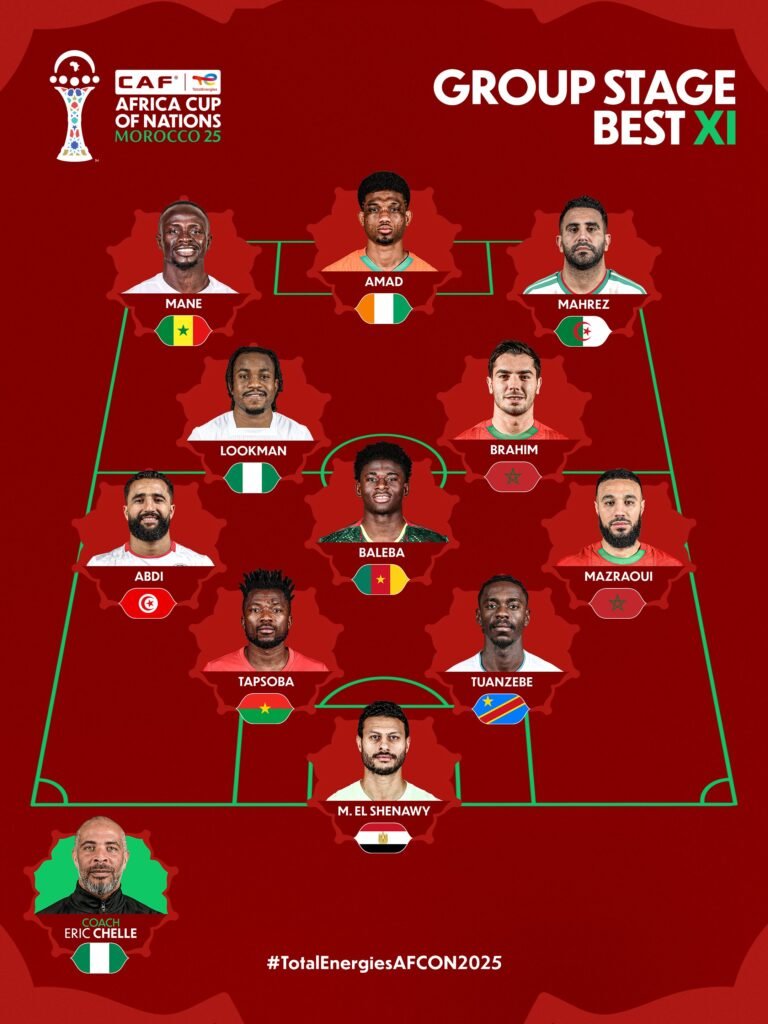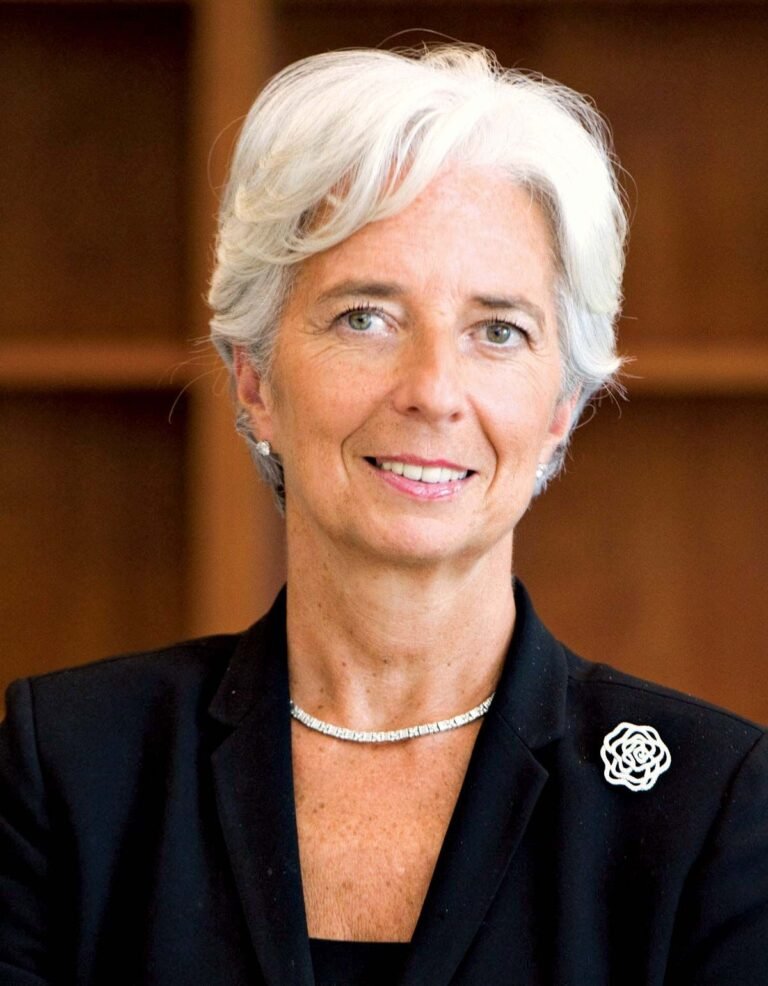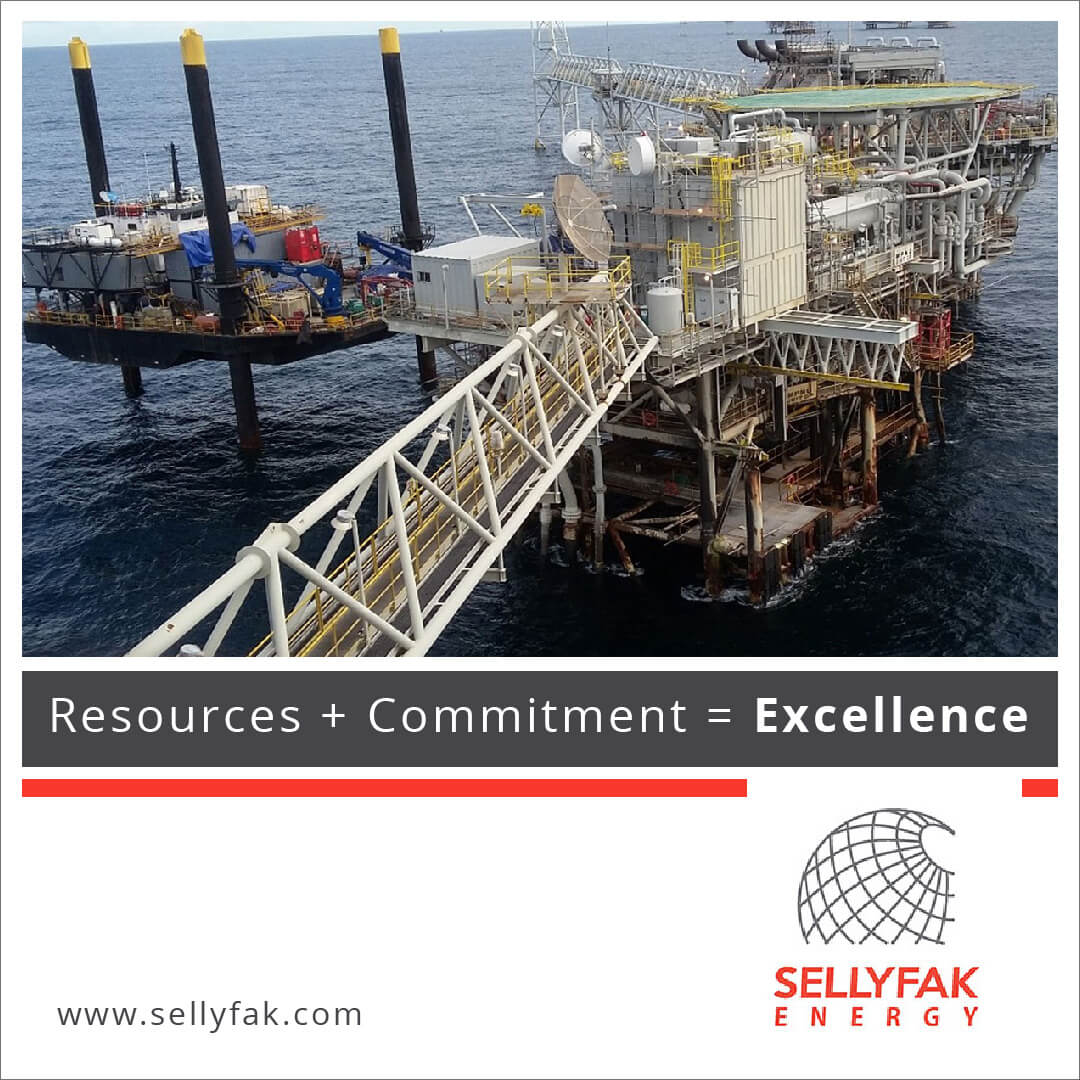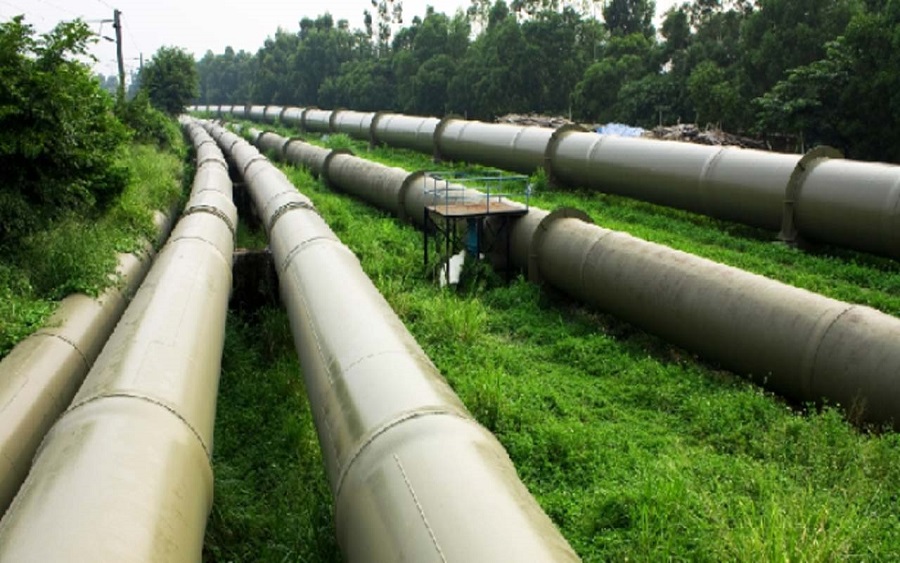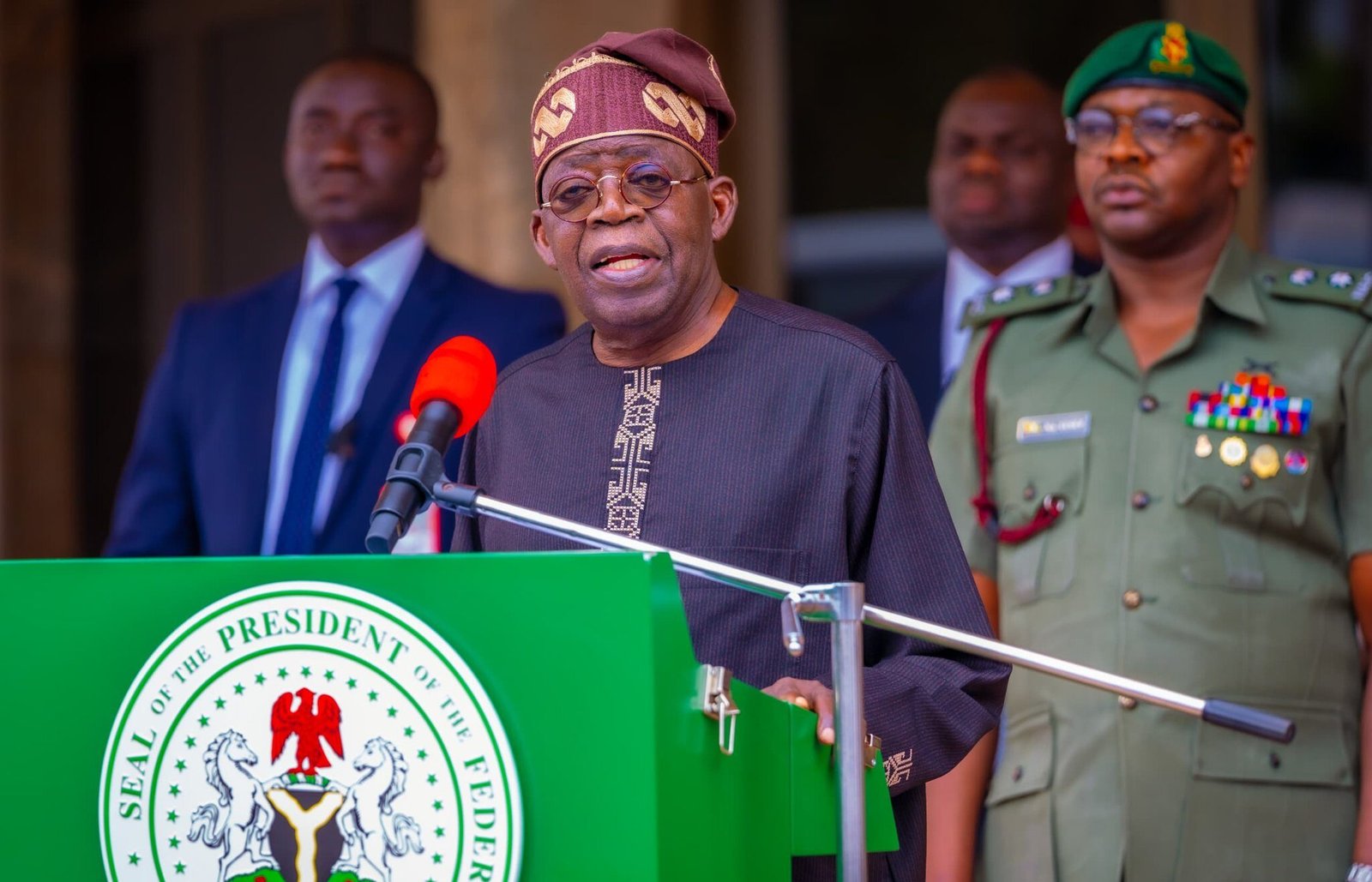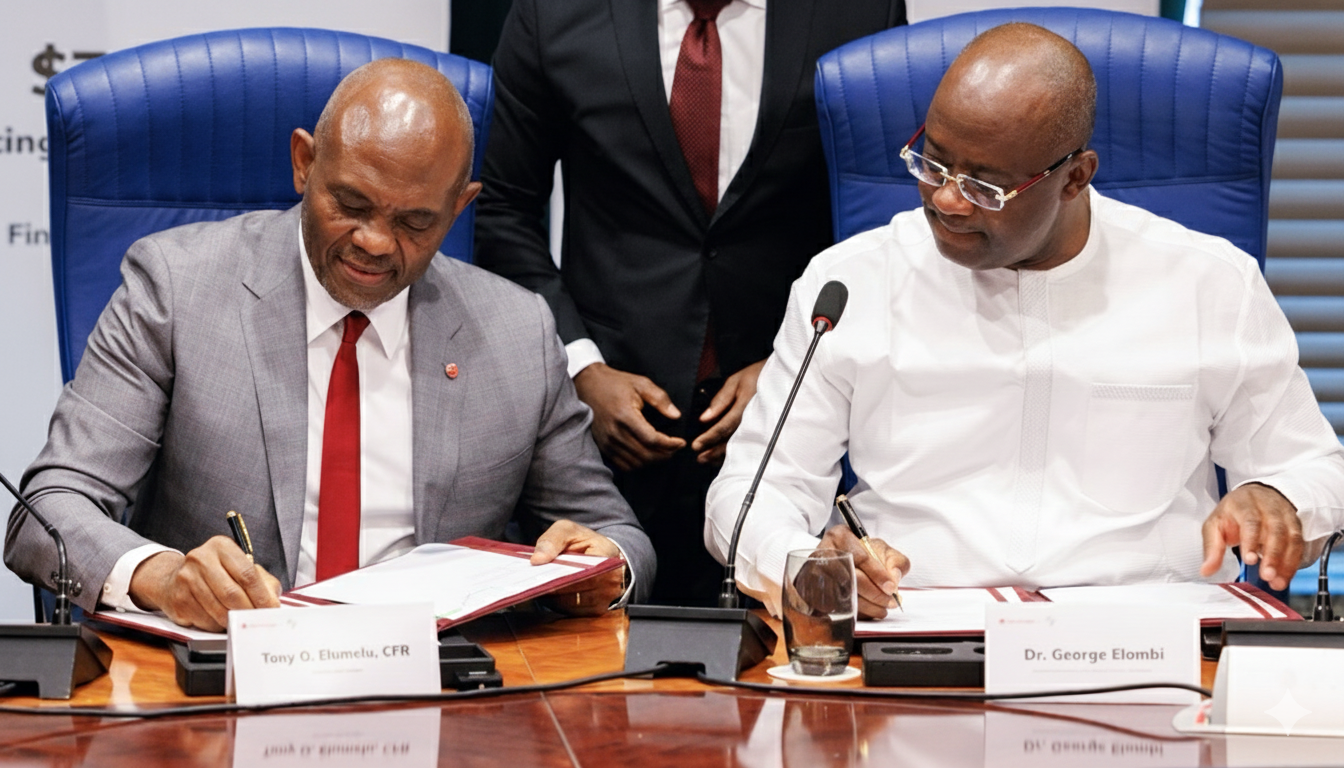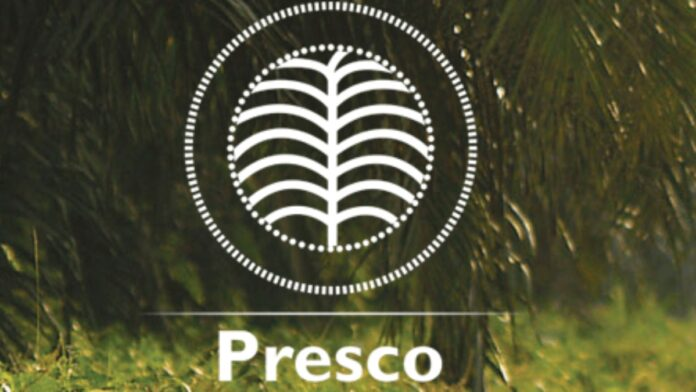Malaysian state–owned oil corporation, Petronas is advancing a robust expansion plan in Indonesia, aiming to establish an operations hub in East Java and explore eastern Indonesia’s high-potential yet challenging areas. These moves could significantly aid Indonesia’s goal of revitalizing domestic oil production—a strategic priority, especially after it left OPEC twice, in 2008 and 2016 due to declining yields and production.
Indonesia president Prabowo Subianto’s government, which took office this month, has pledged to bolster energy development, aiming to reverse a decades-long decline in oil production.
Indonesia exited OPEC twice due to production limitations and a shift toward becoming a net oil importer. The country felt OPEC did not represent its national interest after OPEC requested a 5% cut in Indonesia’s oil production, which Indonesia felt it could not agree to. Its oil production has fallen from 1.6 million barrels per day in 1995 to an average of 647,000 barrels, with foreign investment in the energy sector dwindling to $15-$16 billion annually. Exploration efforts have also declined in recent years, a trend that new investments by firms like Petronas aim to counteract.
Also Read:
- Oil Prices Decline as Tensions Ease Over Israeli Threats to Iranian Oil Facilities
- Saudi Oil Giant Aramco Doubles Profits to $110 by, Ramps Up Oil & Gas Investors
- Indonesia Makes Aviation History with First Palm Oil-Blended Jet Fuel Commercial Flight
- Suriname Oil Discoveries Are Cause for Celebration amid Covid-19 Crunch
Strategic Growth in East Java
Petronas is consolidating its operations around three oil and gas blocks in East Java, including North Ketapang and the Hidayah field, set to produce oil by 2027. These facilities will be integrated with new logistics and pipeline infrastructure, with a pipeline due for completion in 2025 connecting Java’s eastern and western regions. “Our first strategy is to grow bigger in the East Java area,” noted Yuzaini Md Yusof, head of Petronas Indonesia, adding, “With that connection of this infrastructure project, it has created attractiveness for the operators and companies that are working in the East Java area.”
Yusof also emphasized that recent regulatory improvements have smoothed the way for energy project development, making Indonesia more attractive to global investors. “The regulatory steps made it easier to develop energy projects,” he stated, reflecting the company’s optimism about the favourable environment for new investment in the country.
High-Risk Ventures in Eastern Indonesia
Petronas is also expanding in Indonesia’s frontier eastern regions, such as the Masela gas project and the new Bobara block in West Papua. Bobara, estimated to contain 6.8 billion barrels of oil equivalent, will be Petronas’ first deep-water project in Indonesia. Commenting on this, Yusof said, “These two block acquisitions reaffirm our commitment to unlocking the potential in the eastern Indonesia area, where most of that area is frontier, which is very high risk and not many operators have gone through.” The company is considering partnerships for Bobara to share the stakes involved in these high-risk ventures, showcasing Petronas’ commitment to tackling these challenging areas for potential substantial returns.
For Malaysia, Petronas’ Indonesian expansion strengthens its position as a regional energy leader, enhancing its revenue streams while supporting Indonesia’s energy sector. By investing in these high-stakes projects, Petronas reinforces its role as a major player in Southeast Asia, contributing to both Indonesia’s energy independence goals and Malaysia’s economic interests.
This strategic alignment of infrastructure and resource exploration positions Petronas as a partner in Indonesia’s drive toward energy resurgence, potentially encouraging discussions on Indonesia’s future re-entry into global energy alliances.











